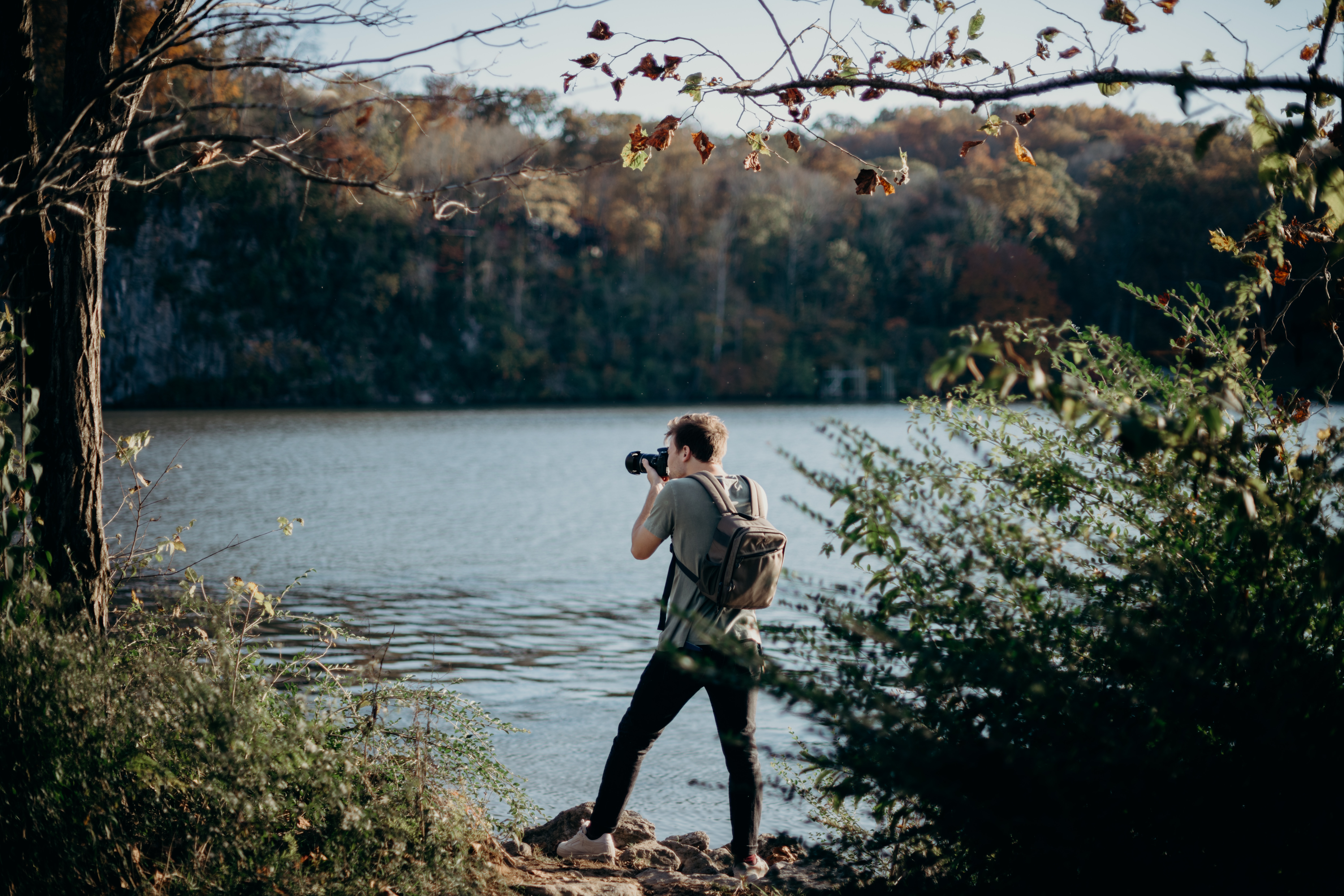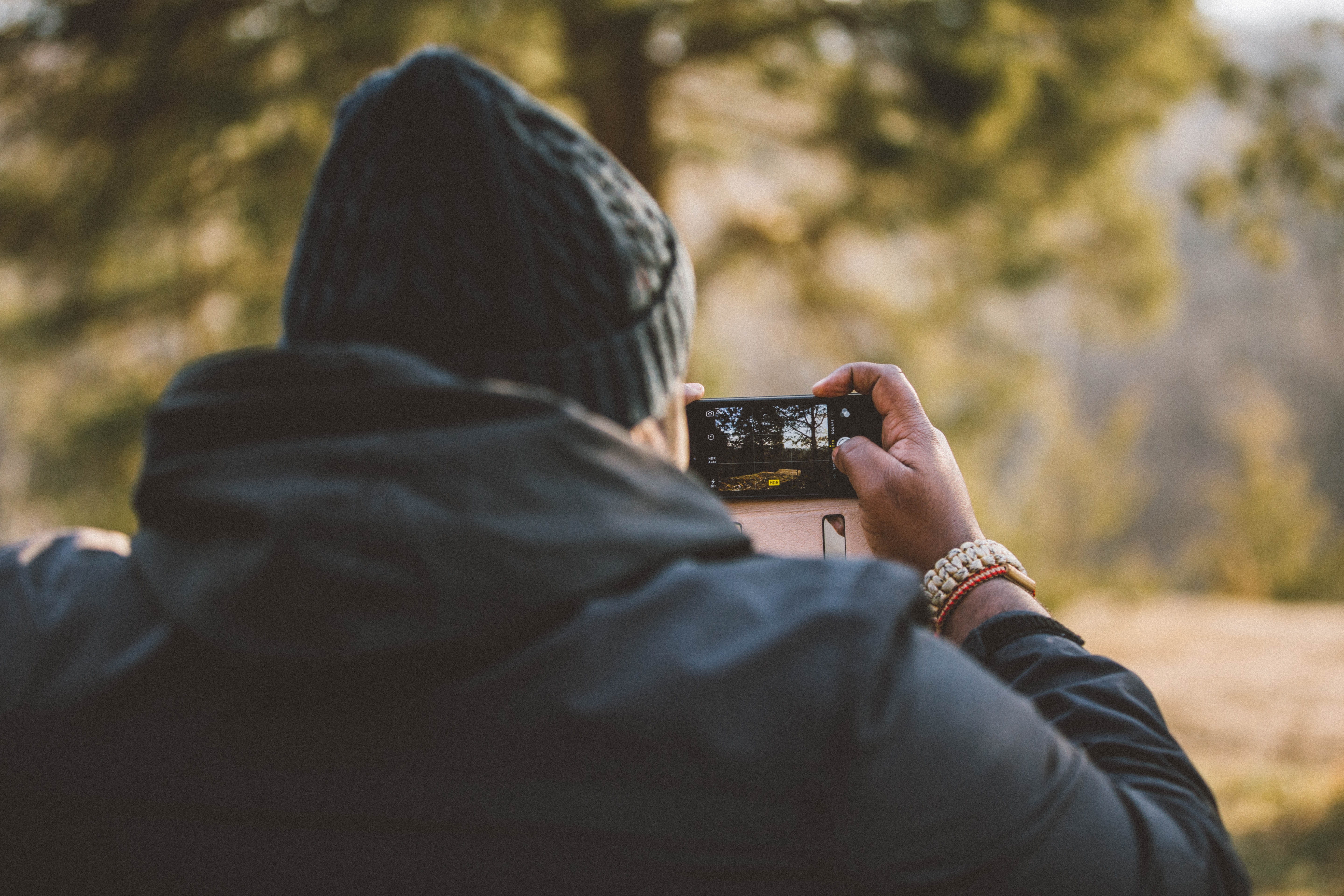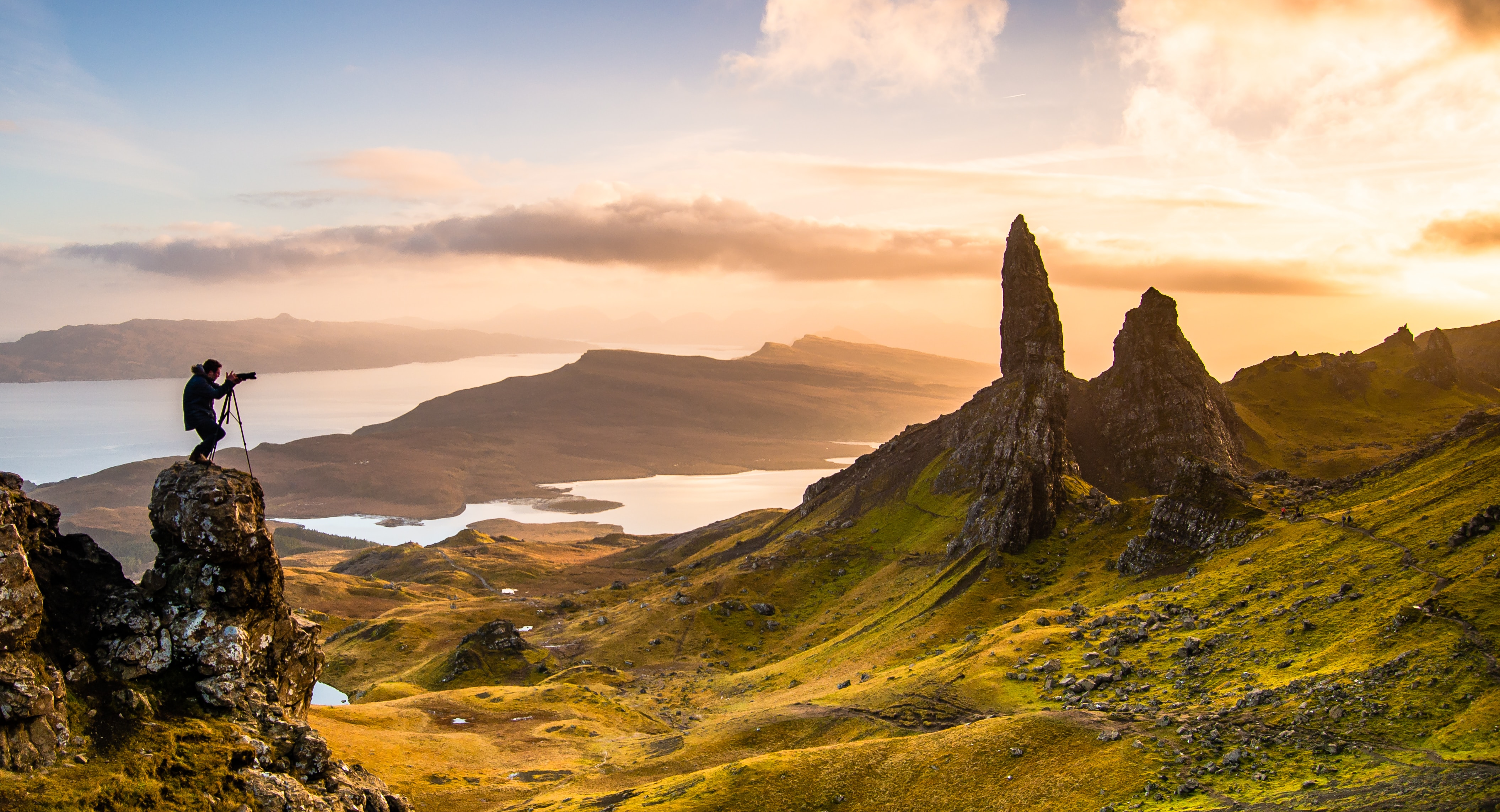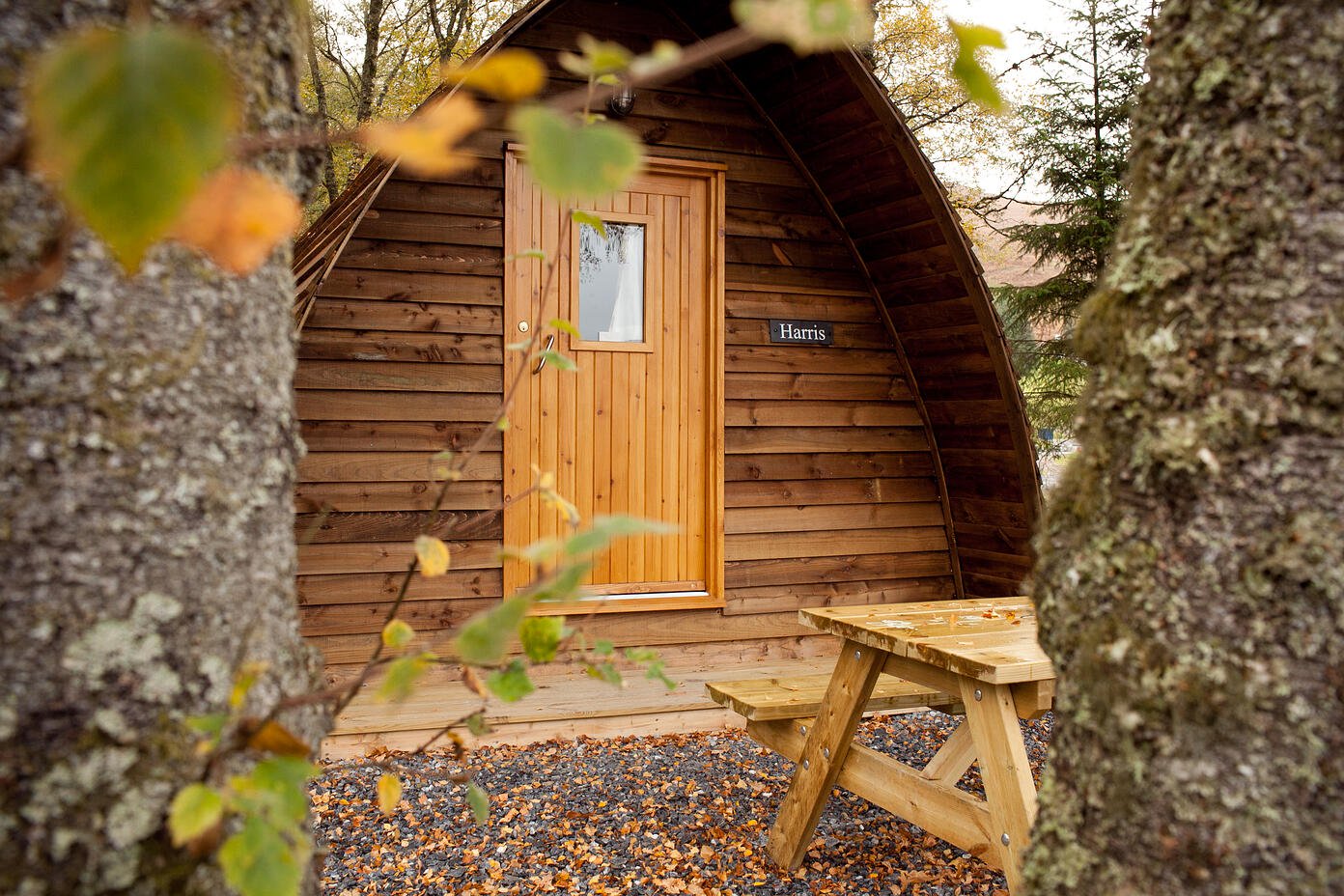
Top Tips For Beautiful Nature Photography For Beginners
Anyone who’s spent time out in nature has likely come across an incredible view and thought “if only I had the skills to capture this moment”. The good news is, it’s easy to get started in nature photography!
If you do a bit of homework, you can quickly improve your photography skills in order to snap landscape shots to wow your Instagram followers or wildlife photos good enough to print out and proudly display in your home. Read on to discover our top tips for levelling up your nature photography game.
Smartphone photography tips
You don’t need to buy expensive DSLR cameras, lenses and other gear to take great photos anymore; our phone cameras are getting so good that you can take some pretty impressive shots with them. For beginner hobbyists, starting to shoot with your smartphone is absolutely fine. While you could just ‘point and shoot’, learning how to make the most of your camera app and different editing tools will quickly improve the quality of your shots.
Many phone cameras now shoot in HDR by default - this means the camera takes multiple pictures in quick succession, combining them into a single file for the highest level of detail possible. This is a good setting to start with. If you’re feeling extra ambitious, you could shoot in RAW instead, producing large photo files with lots of extra information for more flexibility when you’re editing pictures. You’ll need more advanced editing software to take full advantage of RAW files, though.
As you’re getting ready to shoot, make sure your lens is clear. It’s easy to get greasy fingerprints against the lens as it lies flat on your phone, so give it a quick wipe to make sure you get the sharpest possible pictures. The flash on smartphone cameras is usually very harsh and not very good, so learn how to make use of settings like ISO and shutter speed instead to compensate for low lighting - more on this later.
When shooting, it’s also best not to use the built-in zoom, as this can make pictures look blurry. That’s because when you’re using a static lens, like the one on your smartphone, you’re not actually zooming, but just cropping the photo, so you’re losing quality. Instead, crop images after you’ve taken them to hone in on your subject.
Additionally, because smartphones commonly use wide-angle lenses, items in your landscape photos tend to not look so majestic, so introducing objects for scale - like fellow hikers or animals - can make your photos more striking.

How to take beautiful landscape pictures
One of the best-known guidelines for landscape photography is the “rule of thirds” - according to this, your photograph is divided into thirds both horizontally and vertically. Placing the most important feature of your landscape photographs in the horizontal middle third produces visually pleasing images, but remember that rules are also made to be broken, so trust your instincts.
Shooting with a wide lens means you can capture more of the landscape, but with these panoramic shots, especially when using the rule of thirds, you’ll want to have something interesting in the foreground to draw the viewer’s eyes in. This could be something like rocks with unusual textures or some wildflowers in bright colours.
You’ll also want to make sure the landscape lies flat across the picture, rather than tilting one way or the other, so if you didn’t pay attention to this while taking pictures, use the grid structure when editing to straighten out your photos.
And remember that shifting your angle can also make a huge change to your pictures. Stooping down can make objects in your photos look more imposing and dramatic, which can help you take some truly striking landscape photography. Take multiple shots from different angles until you find something you like. Experimenting like this will help further develop your photographer’s instincts.
When taking your pictures, be careful about how you're framing your picture in relation to the sun. If the sun is within the frame, it’ll easily wash out the contrast of the photo and create flares and other light objects in the picture. This could happen even if the sun is outside the frame, so try shading the lens with your hand if the harsh light is having adverse effects on your pictures.

The basics of wildlife photography
When it comes to photographing wild animals, patience and stillness are the most important things to learn. Even if you don’t have a superzoom lens or amazing camo clothes and deer urine to mask your scent, you can get some great shots if you’re able to make yourself near invisible to the wildlife around you. And remember that most critters are most active at dawn and dusk.
Because animals are more active when it’s not very light out and you’ll more often than not spot them under the cover of trees rather than in the wide-open field, dealing with low light is an important skill for wildlife photographers.
To compensate for low light, you should shoot with the lowest possible ISO. Your camera’s ISO setting relates to how sensitive to light its sensor is: the higher the ISO, the lower the level of light it can sense. However, as your ISO rises, it also introduces more digital “noise” into the picture, so you should aim to shoot with the lowest possible ISO. You can also lower your shutter speed to shoot in lower light, but you might want to use a tripod to avoid shaky pictures.
Because you often have to act fast and only have seconds to capture wildlife, shooting in RAW is a good idea. This means your pictures come in large, unprocessed files. These take up more of your memory card, but with the huge amount of pixel information, you can also make more adjustments when editing your pictures.

Glamping - the perfect companion to nature photography
Especially if you live in a city, getting away from it all to the great outdoors for a photography session can be difficult. That’s why taking a couple of days to yourself and making a proper outing of it is such a wonderful idea. So get some friends and family together or enjoy a simple solo trip with Wigwam® Holidays.
With our 80+ locations across the UK, you’ll have no shortage of amazing views to choose from, whether you want to photograph rugged cliffs and crashing waves off the coast of Scotland or woodland creatures and gently rolling hills in the Cotswolds.
To get some inspiration for your next rural break with Wigwam® Holidays, click the link below.

